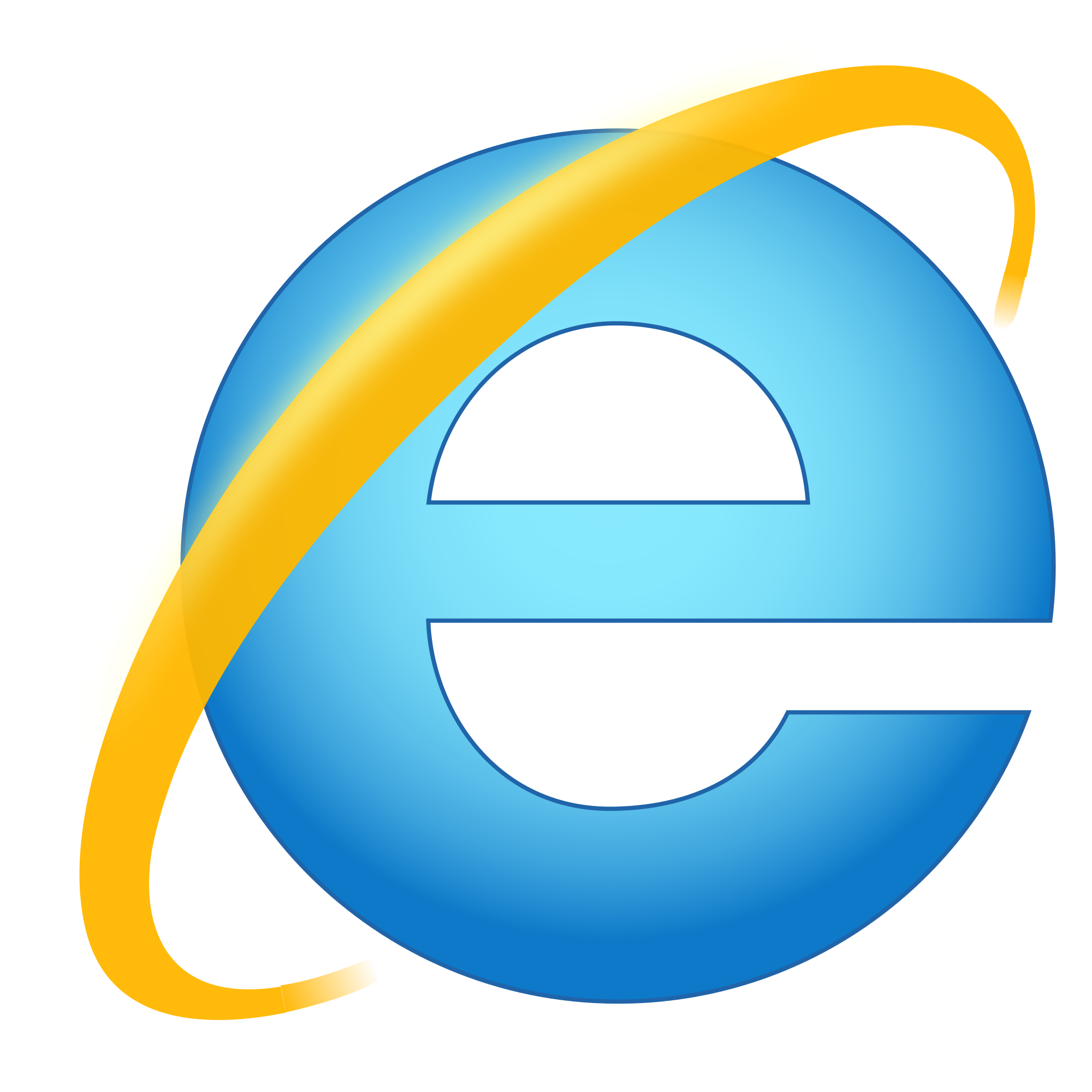What does backface visibility mean?
The CSS backface-visibility property is used to define if the backface of the element should be visible to the user when it's not facing the screen:
Example
.nobackface {
-webkit-backface-visibility: hidden; /* Opera, Chrome, Safari */
backface-visibility: hidden;
}You should use this property when you need to be able to rotate an element, but you want its back to stay invisible. As 2D elements have no perspective and thus cannot be rotated, CSS backface-visibility only works on 3D elements.

Pros Main Features
- Easy to use with a learn-by-doing approach
- Offers quality content
- Gamified in-browser coding experience
- The price matches the quality
- Suitable for learners ranging from beginner to advanced
- Free certificates of completion
- Focused on data science skills
- Flexible learning timetable

Pros Main Features
- Simplistic design (no unnecessary information)
- High-quality courses (even the free ones)
- Variety of features
- Nanodegree programs
- Suitable for enterprises
- Paid Certificates of completion

Pros Main Features
- A wide range of learning programs
- University-level courses
- Easy to navigate
- Verified certificates
- Free learning track available
- University-level courses
- Suitable for enterprises
- Verified certificates of completion
Syntax for backface-visibility
The syntax for the CSS backface-visibility property is simple:
backface-visibility: value;
There are two options you can use with this property:
visiblewill provide the element in CSS backface visibility, i.e. the back will be visiblehiddenwill not provide the element in CSS backface visibility, i.e. the back will be hidden
Browser support

Chrome
36+

Edge
12+

Firefox
16+

IE
10+

Opera
23+

Safari
5.1+
Mobile browser support

Chrome
36+

Firefox
16+

Opera
24+

Safari
5+
 HTML
HTML  CSS
CSS  PHP
PHP  JavaScript
JavaScript  SQL
SQL  Bootstrap
Bootstrap  Solidity
Solidity  jQuery
jQuery  Git
Git  Chrome DevTools
Chrome DevTools  C++
C++  Python
Python 



